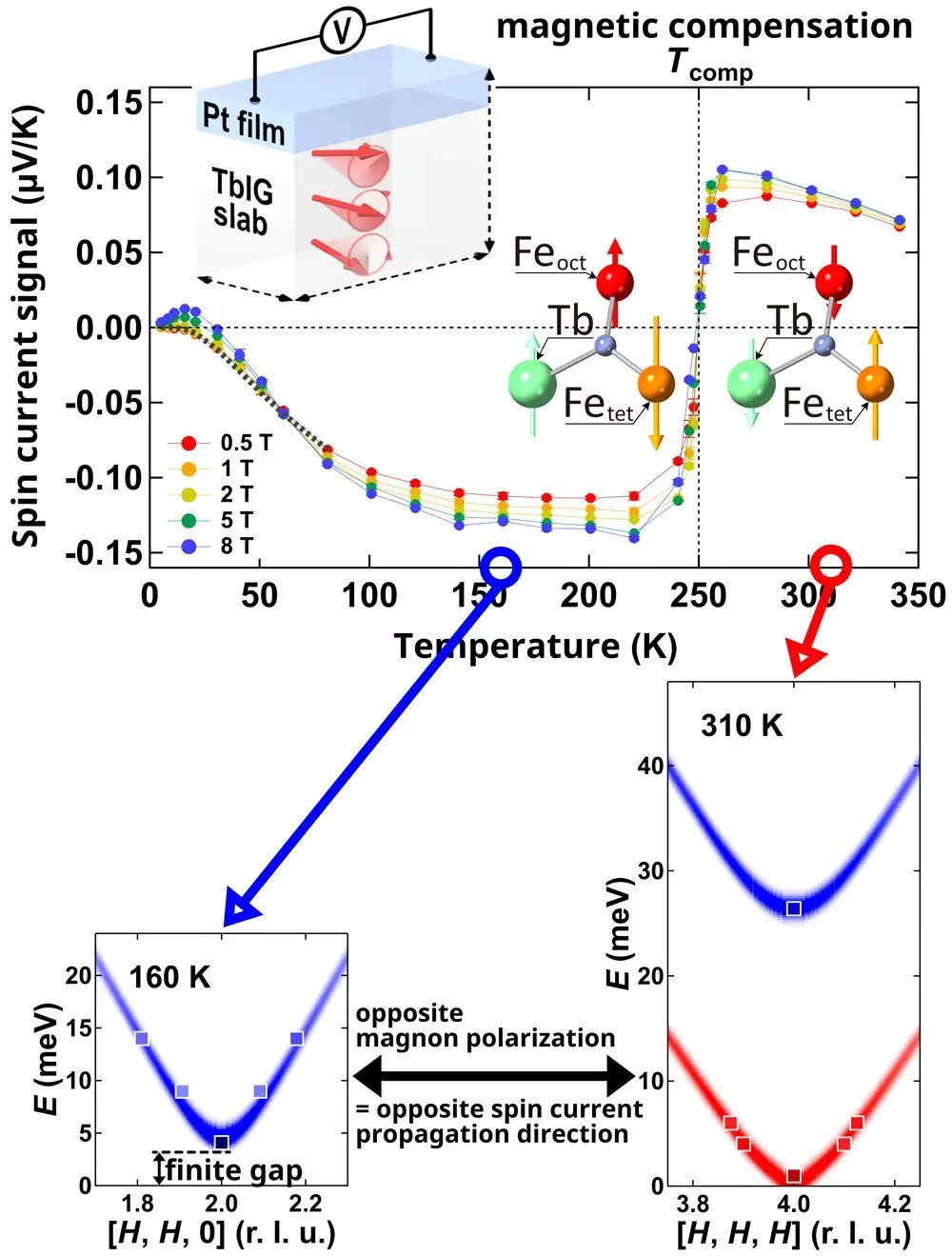Spintronics is a rapidly growing field that offers a plethora of benefits over traditional electronics. Some of these advantages include lower power consumption, faster operation speeds, non-volatility, and the potential for new functionalities. At the core of spintronics is the manipulation of the intrinsic spin of electrons to control spin currents for various applications.
One of the major challenges in spintronics research is the detection of spin currents. Traditionally, this has been achieved through macroscopic voltage measurements that analyze the overall voltage changes across a material. However, a significant obstacle has been the limited understanding of how spin currents actually move or propagate within the material itself.
A recent study published in Applied Physics Letters by a team of researchers, including Yusuke Nambu from Tohoku University’s Institute for Materials Research, presents a groundbreaking method to predict how spin currents vary with temperature. By utilizing neutron scattering and voltage measurements, the researchers were able to demonstrate that the magnetic properties of the material can serve as predictors for changes in spin currents as temperature fluctuates.
The study revealed that the direction of the spin current signal changes at a specific magnetic temperature and decreases at lower temperatures. Additionally, the researchers observed that the spin direction, known as magnon polarization, undergoes a flip both above and below the critical magnetic temperature. This flip in magnon polarization correlates with the reversal of the spin current, providing insights into its propagation direction.
Furthermore, the researchers noted distinct gap energies in the material under investigation. Below the temperature associated with this gap energy, carriers of spin currents are absent, resulting in a decrease in the spin current signal at lower temperatures. Notably, the temperature dependence of the spin current follows an exponential decay pattern, mirroring the results obtained from neutron scattering experiments. These findings underscore the importance of delving into microscopic details when conducting research in the field of spintronics.
The study highlights the critical role of understanding how spin currents behave in materials at different temperatures. By deciphering the intricate mechanisms underlying the movement of spin currents, researchers can pave the way for the development of novel spintronic devices with enhanced functionalities and improved efficiency. This groundbreaking research has the potential to drive further advancements in the field of spintronics and revolutionize the way electronic devices are designed and operated.


Leave a Reply